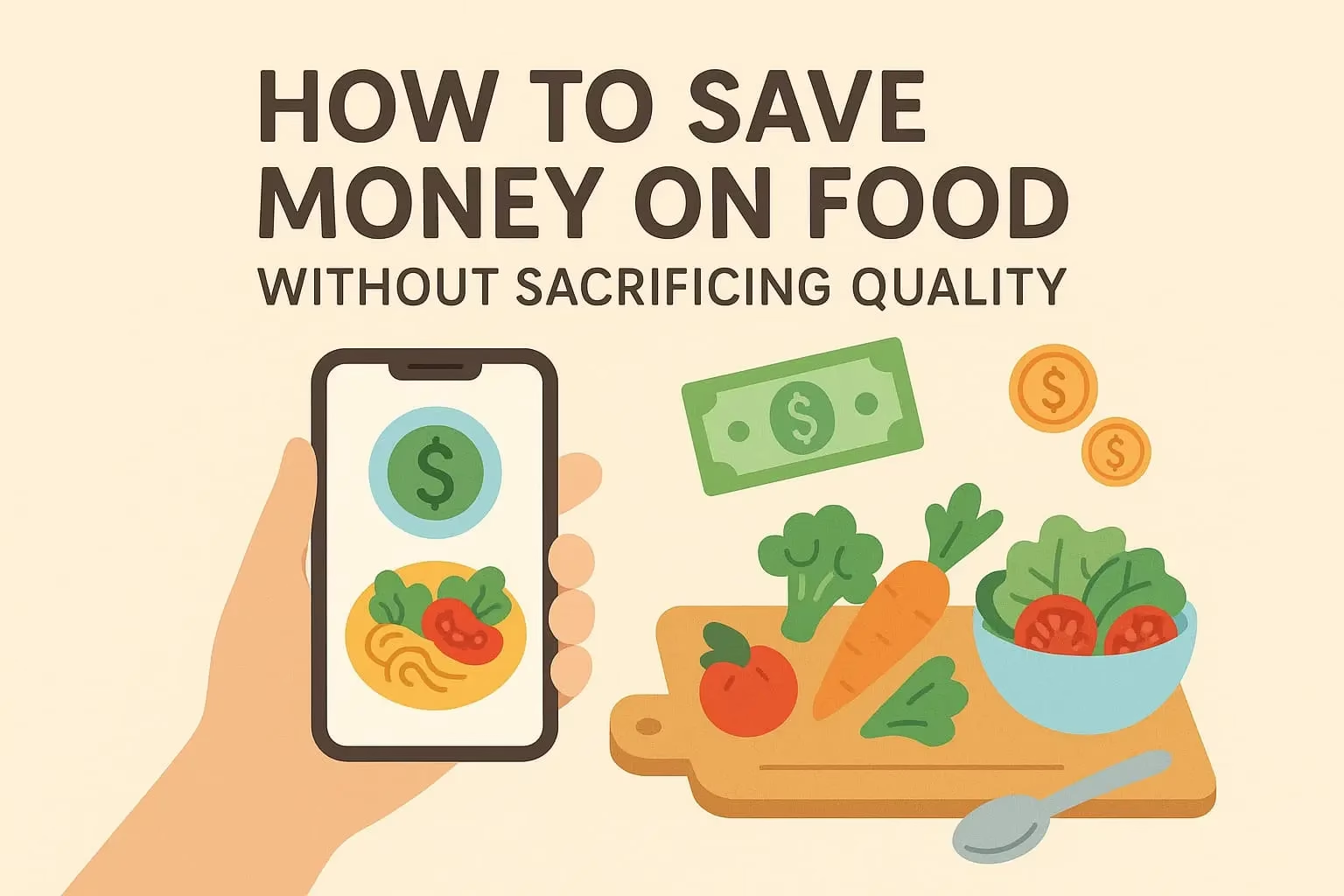One of the easiest ways to eat healthier, save money, and support the environment is by cooking with seasonal vegetables. These are the fruits and vegetables that are naturally harvested at a certain time of year in your region — and they’re often fresher, tastier, and more affordable than out-of-season produce.
In this beginner’s guide, you’ll learn how to take advantage of seasonal veggies in simple, flavorful meals — even if you’re new to plant-based cooking.
Why Cook with Seasonal Vegetables?
✅ Better Taste
Seasonal vegetables are harvested at their peak ripeness — meaning they’re naturally more flavorful and vibrant.
✅ More Nutrients
Freshly harvested veggies retain more vitamins, minerals, and antioxidants than those that have traveled long distances.
✅ Lower Cost
Seasonal produce is more abundant and doesn’t require long-distance transport, which reduces its price.
✅ Eco-Friendly
Eating seasonally reduces your carbon footprint and supports local farmers and food systems.
How to Know What’s in Season
The best way is to visit a local farmers’ market, where you’ll only find what’s currently growing in your area. You can also search online for “seasonal produce chart” specific to your region or country.
General Guide:
- Spring: asparagus, peas, spinach, radishes
- Summer: zucchini, tomatoes, corn, cucumbers, eggplant
- Fall: sweet potatoes, pumpkins, kale, cauliflower
- Winter: carrots, cabbage, leeks, squash, beets
How to Start Cooking Seasonally (Even as a Beginner)
1. Plan Meals Around What’s Available
Instead of planning recipes and then buying ingredients, flip the process:
Buy what looks good and fresh, then build meals around it.
Example: If zucchinis are in season, make stir-fried zucchini noodles, baked zucchini boats, or grilled slices.
2. Keep It Simple
Let the vegetables shine. Roast, sauté, or steam with a bit of olive oil, garlic, salt, and herbs.
3. Batch Cook and Store
Many seasonal veggies can be roasted or steamed in large batches and used throughout the week in different meals.
4. Use Versatile Recipes
- Stir-fries
- Sheet pan meals
- Grain bowls
- Soups and stews
- Pasta with sautéed veggies
5 Easy Seasonal Recipes to Try
1. Summer Veggie Stir-Fry
Sauté zucchini, bell peppers, and corn with garlic, tamari, and sesame oil. Serve over rice.
2. Roasted Root Veggie Bowl (Fall/Winter)
Roast carrots, sweet potatoes, and beets. Combine with quinoa, arugula, and tahini dressing.
3. Spring Pea and Spinach Soup
Cook peas, spinach, leeks, and garlic in vegetable broth. Blend until smooth. Add lemon juice and mint.
4. Stuffed Acorn Squash (Fall)
Fill roasted squash halves with lentils, brown rice, cranberries, and pecans. Bake until golden.
5. Zucchini Pasta (Summer)
Spiralize zucchini into noodles. Sauté with cherry tomatoes, garlic, and basil. Top with nutritional yeast or vegan parmesan.
Tips for Saving and Storing Seasonal Produce
Freeze It
- Blanch and freeze spinach, kale, peas, and corn.
- Freeze chopped herbs in olive oil in ice cube trays.
- Freeze roasted veggies or cooked soups in meal-size portions.
Pickle or Ferment
Preserve crunchy veggies like cucumbers, cabbage, or carrots to enjoy them beyond the season.
Make Sauces and Purees
Use tomatoes for sauces, squash for creamy purees, or pumpkin for baking.
How to Build a Seasonal Pantry
While seasonal vegetables change, your pantry staples stay consistent. Keep these on hand to pair with fresh produce:
- Whole grains: rice, quinoa, oats
- Legumes: lentils, chickpeas, black beans
- Nuts and seeds
- Olive oil, vinegar, spices, and garlic
- Plant-based milk and canned tomatoes
These ingredients can help you turn any seasonal vegetable into a complete meal.
A More Delicious, Affordable, and Sustainable Way to Cook
Cooking with seasonal vegetables isn’t just for chefs or foodies. It’s an easy, everyday way to make your meals healthier, tastier, and more affordable — all while supporting your local food system.
Start with just one seasonal vegetable this week. Visit a local market or check what’s on sale at your grocery store, and let that ingredient inspire your next meal.
Seasonal cooking is simple, joyful, and deeply rewarding — even for beginners.






